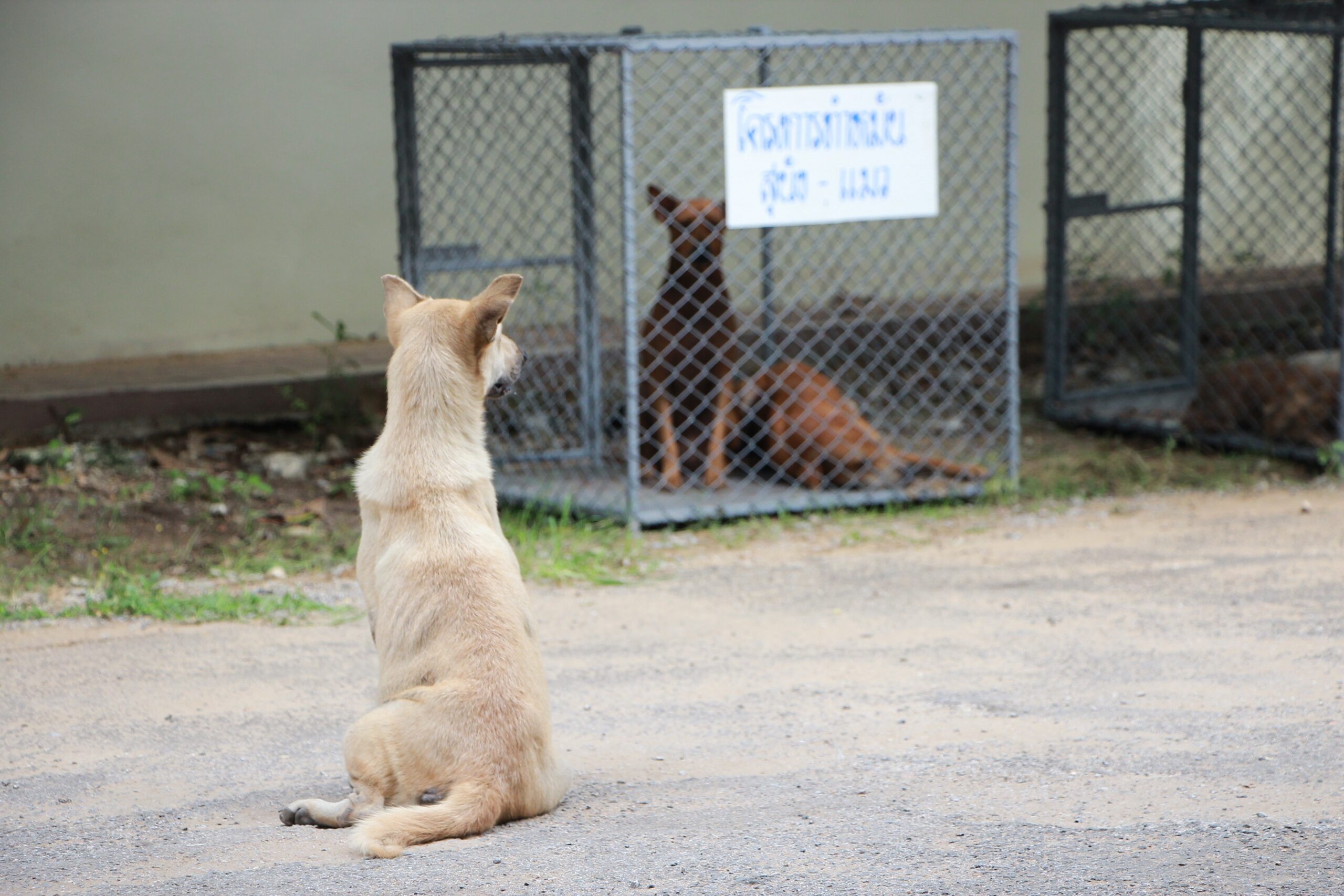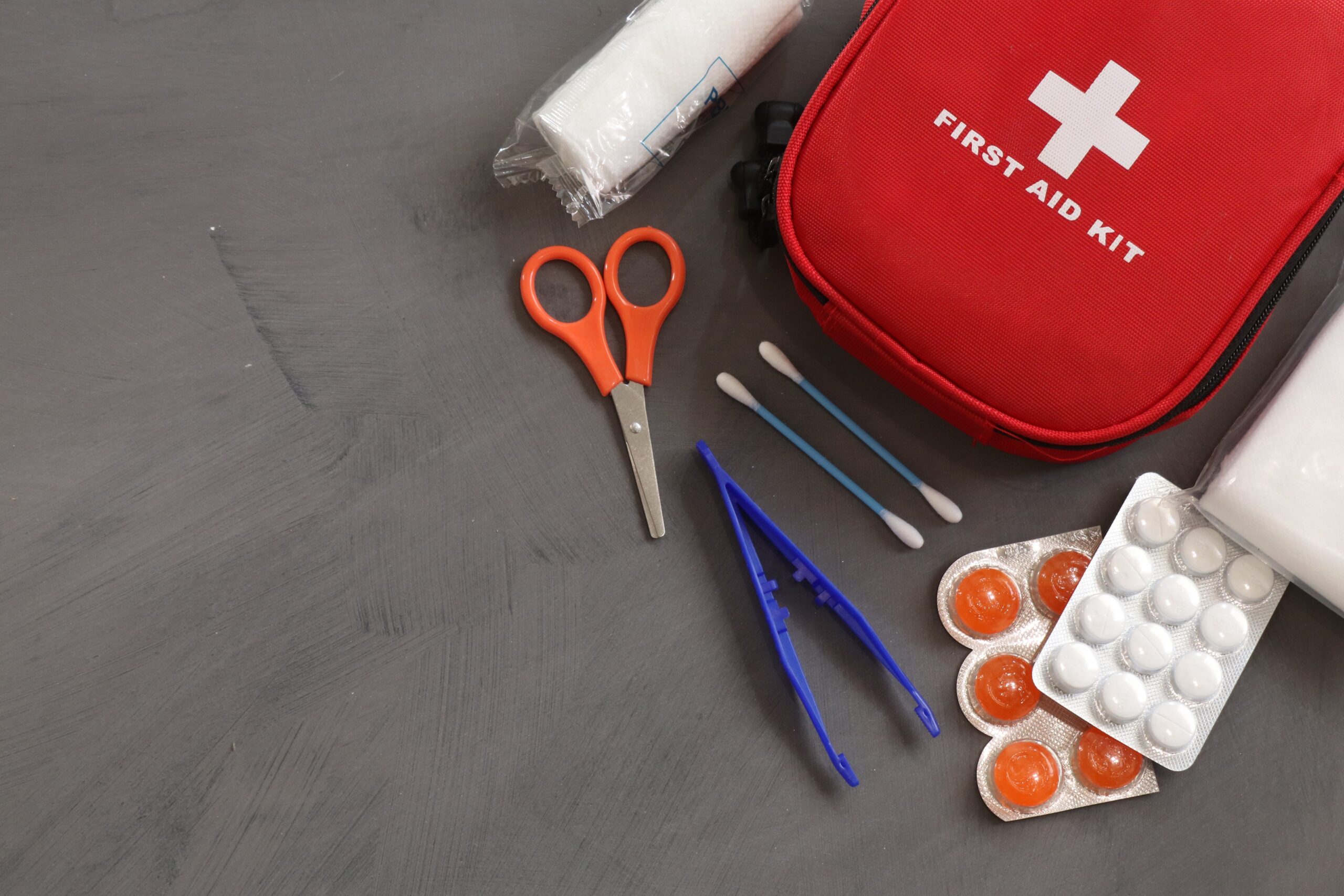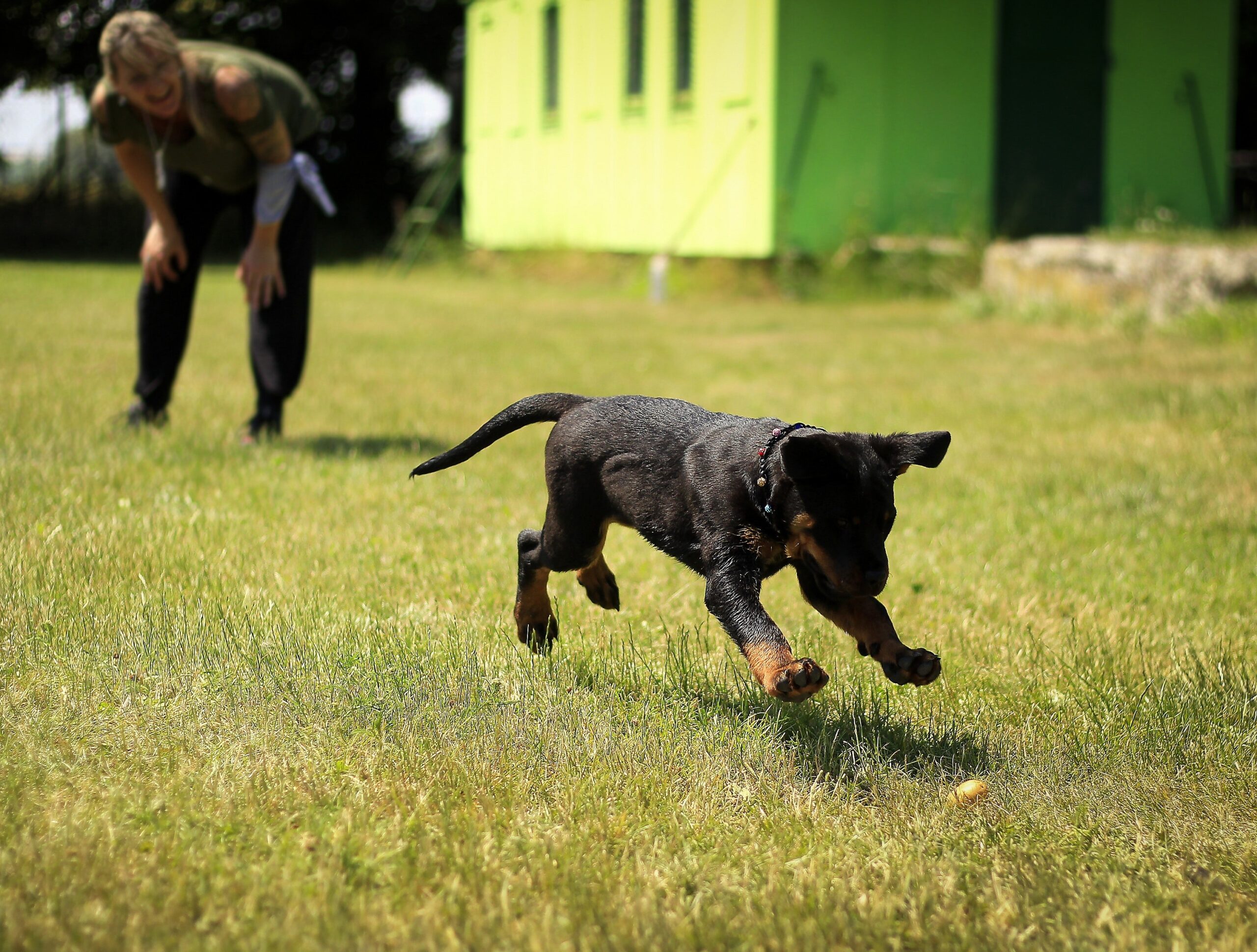Understanding that emergencies can occur at any moment will help you as a pet owner prepare to care for your dog in an emergency situation. For more info on pet care – [http://www.thepetfreak.com%22]. Knowing how to keep your furry companion safe and healthy during these times can make all the difference, whether it’s a natural catastrophe, an unexpected sickness, or a traumatic event. We’ll give you some advice in this article on how to care for your dog in an emergency and ensure you have a strategy to keep them safe and secure. No matter the circumstance, by adhering to these tips and suggestions, you can give your cherished pet the best care possible. Click here to check more about boarding services.
Prepare an Emergency Kit
The first step in ensuring your dog’s safety and well-being in emergencies is to assemble an emergency kit for them. Your dog should be able to survive on the supplies in the kit for at least three days.
Three days’ worth of sustenance should be brought and kept in an airtight container. If you’re using canned goods, be sure to bring a can opener. Add enough bottles of water for your dog as well.
Make a first aid kit for your pup with gauze, bandages, antiseptic wipes, and medical tape. Tweezers, scissors, a thermometer, and any medications your dog consumes should all be included. A copy of your dog’s medical documents should also be kept in the kit.
Make sure the emergency kit contains an additional leash and collar. These ought to be strong and constructed of long-lasting components. To keep your pup warm and cozy, include a blanket. Include some of your dog’s favored toys to help him or her feel less stressed and anxious. Provide supplies like poop bags, paper towels, and disinfectant wipes to keep sanitation.
Keep a list of crucial phone numbers handy, copies of your dog’s identification and vaccination certificates, the numbers for your doctor, the animal shelter where your dog lives, and emergency contacts.
Last but not least, if you need to transport your dog, make sure you have a reliable carrier or crate that is big enough for them to feel comfortable.
Embed this custom graphic in the subheading: Prepare an Emergency Kit
https://myhobbylife.com/wp-content/uploads/2022/12/Items-to-Add-to-an-Emergency-Kit.jpg
From: https://myhobbylife.com/guide-to-selecting-items-you-need-at-home-for-emergency-situations/
Identify Safe Places to Go
Knowing where you and your dog can go is secure in an emergency. These locations ought to be protected and safe, with room for you and your pet. You can think about the following choices:
1. Friends or Family. Speak with friends or family who reside in secure regions unaffected by the emergency. You can remain by their side until things calm down.
2. Pet-Friendly Hotels. If you must leave your house, consider booking a room at a hotel that accepts pets. Although many hotels welcome pets, make sure to call ahead to ensure enough room for you and your pup.
3. Pet Shelters. Specialized pet shelters in many towns house animals temporarily in times of need. Find out about pet shelters in your region by contacting your neighborhood animal shelter or emergency management agency.
4. Boarding Facilities. If an emergency prevents you from taking your dog with you, think about boarding them at a trustworthy boarding facility. Make sure to locate a center with knowledge of handling dogs in emergencies.
Make certain that they are just a short distance from your house when choosing safe places to go. Also, remember that some hotels or shelters might demand proof of immunizations or medical records; therefore, be sure to have these papers in your emergency kit.
Keep Your Dog’s Identification Up to Date
The safety of your dog in emergency circumstances depends on keeping its identification up to date. Make sure your dog is wearing a collar with identification tags that include your name, phone number, and current location. It is advised to provide a backup phone number or address in case you can’t be contacted.
Think about having the dog chipped. Under the skin of your dog is a tiny electronic chip called a microchip. It can be read using a specialized reader because it has an individual identification code. A microchip can assist in reuniting you and your dog in an emergency if they become separated.
Update the identifying details for your dog. Make sure to update your dog’s identification tags and microchip information if you move or change your phone number. Update any health-related details pertaining to your dog, such as allergies or prescriptions.
Keep a current photo of your dog in your emergency supplies. This will be useful if, during an emergency, your dog gets lost or is separated from you.
Join a nationwide pet recovery database and register your dog. In case your dog gets lost or separated from you during an emergency, this database that contains information about them can assist in bringing you and your pet back together.
View this post on Instagram
Have a Plan for Evacuation
An evacuation plan is essential to guarantee your dog’s safety during emergencies. Examine escape routes and potential shelters. Choose the safest paths and areas for you and your dog to travel. Know the areas along the way, including the locations of emergency services and shelters.
Make an inventory of the things you’ll need. Make a dog emergency kit that contains food, drink, medications, and other necessities. Keep the equipment in a place that is easy to get to in an emergency.
Assign responsibilities. Ensure that everyone in your home knows their duties in an emergency. Each pet in your house should have a specific person in charge.
Think about transportation. Plan how you’ll get your dog to safety in case of disaster. Check to see if your car is in excellent working order, has enough gas, and has an emergency kit.
Exercise the escape strategy. Hold frequent drills to ensure everyone knows their responsibilities in an emergency. Check if your dog enjoys traveling and residing in a crate or carrier.
Stay informed. Keep abreast of the weather and other possible dangers that could necessitate evacuation. Observe the guidance provided by the emergency agencies and local authorities.
Be Prepared for Injuries or Illness
Your dog may be vulnerable to injury or illness in an emergency. Being ready and having a strategy for potential health issues is crucial. Have a first aid kit always ready for your dog. Your dog’s first aid kit should include gauze, bandages, an antiseptic solution, and prescription medicine. Make sure to examine and restock the kit’s supplies regularly.
Understand the symptoms of disease or harm. Learn the symptoms of the most typical illnesses that affect dogs, including vomiting, diarrhea, fever, and dehydration. This will assist you in identifying when your dog is not feeling well and help you take the necessary action.
Make a strategy for medical emergency care. Investigate local veterinary clinics and store their phone numbers in your emergency kit. Additionally, prepare a strategy for getting to the hospital in an emergency.
Updating your dog’s medical information is a good idea. Ensure that your dog’s medical documents, including those for vaccinations and any prescribed medications, are current and simple to find. This will make it easier for emergency workers to treat your dog properly.
Keep your cool and move swiftly. In the situation where there is an illness or injury, remain composed and take quick action. Observe the directions given by emergency personnel or veterinary experts.
Let Your Dog Undergo Proper Training
Prevention will always be better than cure. Dogs must receive adequate training and conditioning to be prepared and make caring for them during emergencies easier. Dogs may become scared, anxious, or agitated in stressful and chaotic emergencies. It is simpler to ensure the safety and welfare of dogs when they are trained and conditioned to stay calm and obedient under pressure.
Dogs can learn fundamental obedience instructions like “sit,” “stay,” “come,” and “heel” through training. These commands can be handy when keeping dogs in check and out of harm’s way is crucial in an emergency. For instance, a well-trained dog is more likely to remain near its owner and obey commands during an evacuation, making it simpler to evacuate swiftly and safely.
Additionally, conditioning can make dogs more resilient and situationally adaptable. Socialization, regular exercise, and exposure to various settings can help dogs become more confident and experience less anxiety. A well-trained dog is likelier to maintain composure and concentration under pressure, simplifying emergency caregiving.
Training and conditioning can also aid in reducing the risk of accidents or injuries during emergencies. For instance, a dog taught to avoid dangerous items or materials is less likely to inadvertently consume something harmful during an evacuation.
Dogs also have an understanding of time. They can distinguish gaps of one to several hours. Dogs can set their daily schedules with enough training and conditioning. This will come in very handy in an emergency.
In conclusion, it takes careful planning, prompt action, and preparedness to care for your dog in an emergency. By preparing an emergency kit, identifying safe places to go, keeping your dog’s identification up-to-date, having an evacuation plan, being prepared for injuries or illness, staying informed, and providing ample training and conditioning, you can help ensure the safety and well-being of your furry companion during emergencies. Every circumstance is different, so remember to be adaptable and change your plans as necessary. You can reduce any risks to your dog’s health and happiness by following these instructions to help ensure that they are secure and comfortable during emergencies.





